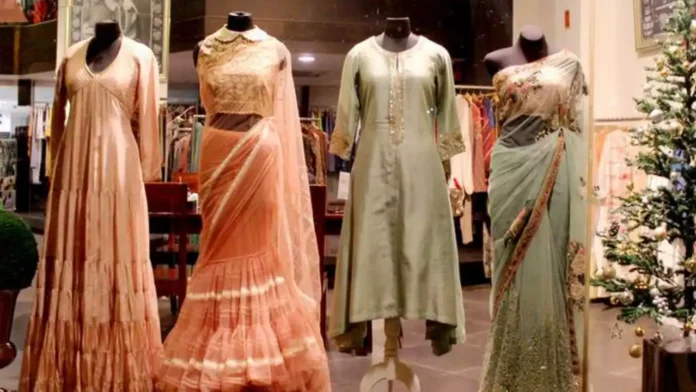Danish fashion giant Bestseller has announced the closure of its Indian ethnic wear label, Indifusion, acquired three years ago. This decision comes amidst increasing losses and a decline in demand. Retailers and mall owners note that this reflects a broader slowdown in the ethnic wear market since last year. Bestseller cited underwhelming sales performance as the reason for the shutdown, prompting them to undertake strategic realignments to refocus their efforts.
Bestseller, renowned for its popular western casual brands like Jack and Jones and Vero Moda, acquired Indifusion in a distressed sale amid the peak of the pandemic. However, the company lacked prior experience in managing an Indian wear label.
“Comprehending the Indian wear segment poses a significant challenge for a Western brand company, and it’s also time-consuming. Moreover, there has been a noticeable slowdown in the discretionary segment, including apparel, which has hindered its revival strategy,” said an industry executive.
Continue Exploring: Ethnic wear brand Kalki charts course for global expansion & personalized tailoring
In the last twenty years, there has been a notable transition from ready-to-stitch garments to ready-to-wear attire, accompanied by the emergence of national players like BIBA, W, AND, and Global Desi. This shift has fueled the expansion of branded apparel, buoyed by a significant move from traditional sarees towards both ethnic and western wear. Despite global fashion giants such as Zara, H&M, and Uniqlo promoting Westernized clothing in the Indian market, ethnic wear remains the dominant category in women’s apparel, commanding a substantial 71% share.
“The last four quarters have seen flat category development as Indian clothing has come to be mostly linked with sporadic purchasing. Conversely, there has been a tenfold increase in the market for western clothing”, said Lifestyle International CEO Devarajan Iyer.
According to Wazir Advisors, the women’s ethnic wear market is anticipated to achieve a compounded annual growth rate of 8% from FY23 to FY26, reaching over $22 billion by FY26.
“Consumers are in search of adaptable clothing suitable for various occasions, offering comfort and convenience while also reflecting cultural influences,” stated Pakhi Saxena, Head of Retail and Consumer Product Goods at Wazir Advisors.
“Fusion wear has experienced substantial growth in the women’s apparel sector, propelled by a rising female workforce, a younger demographic embracing traditional attire with a modern twist, and the influence of the fashion and entertainment industries.”
Continue Exploring: Bootstrapped ethnic fashion brand Libas surpasses INR 500 Crore revenue milestone in FY24; eyes 60-70% growth and seeks first round of funding
From simple kurtis paired with plain jeans to sarees complemented by crop tops and lehengas paired with shirts, fusion wear in India is continuously evolving, driven by fresh fashion trends and ongoing experimentation.
The traditional wear segment has suffered as new-age direct-to-consumer brands gain traction and individuals shift towards western and fusion attire.





